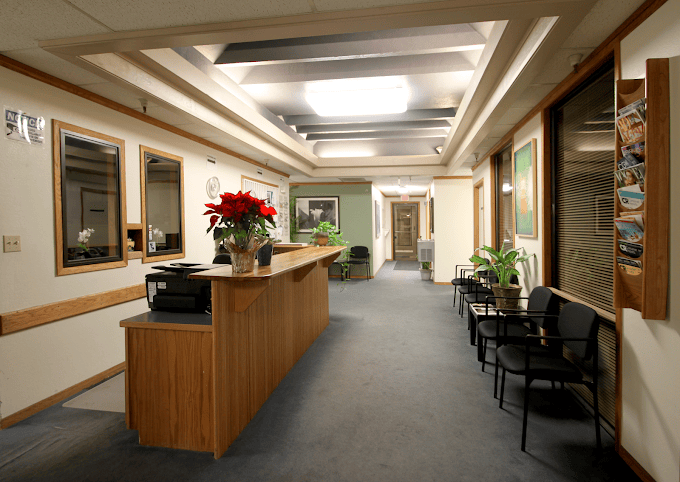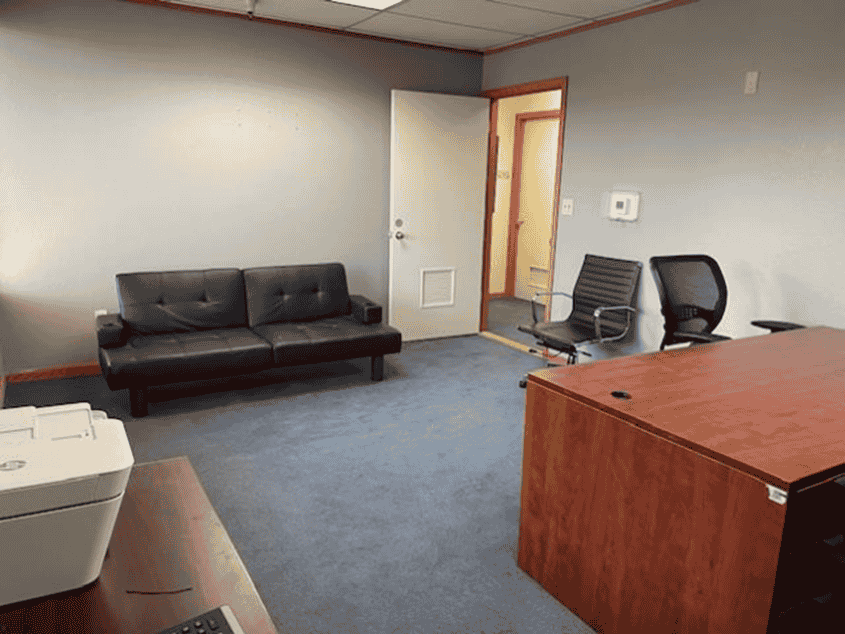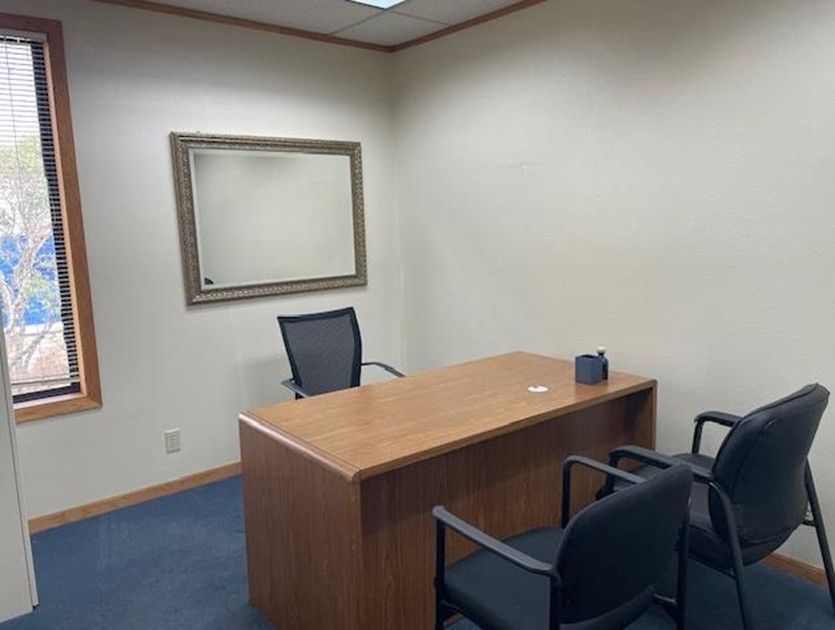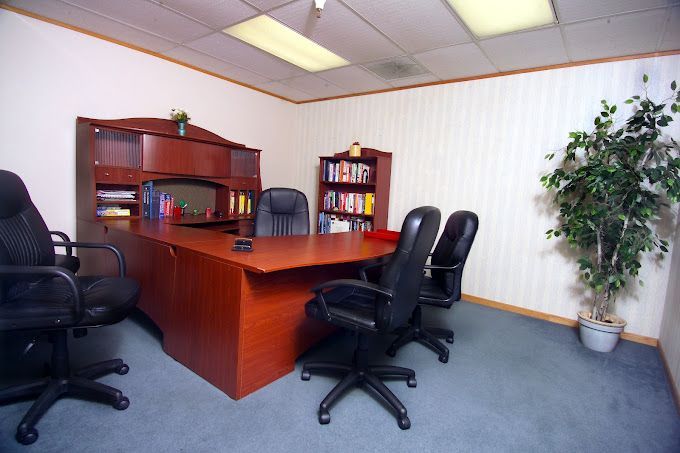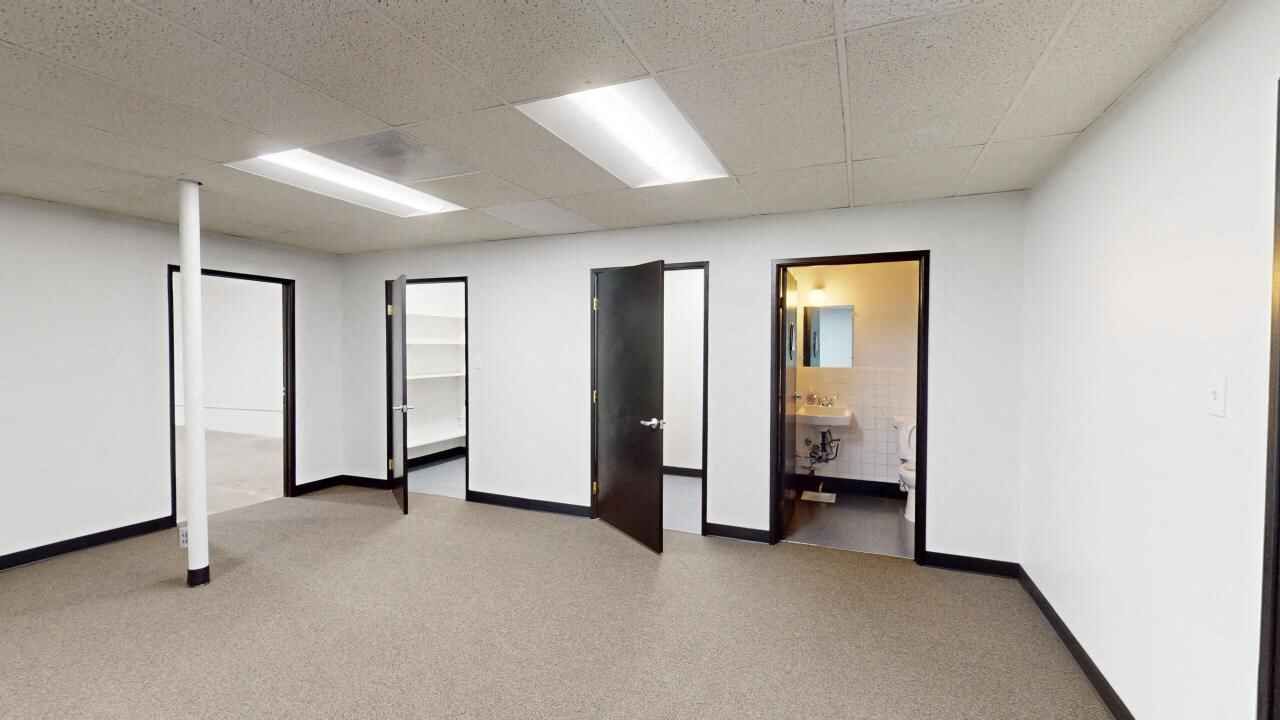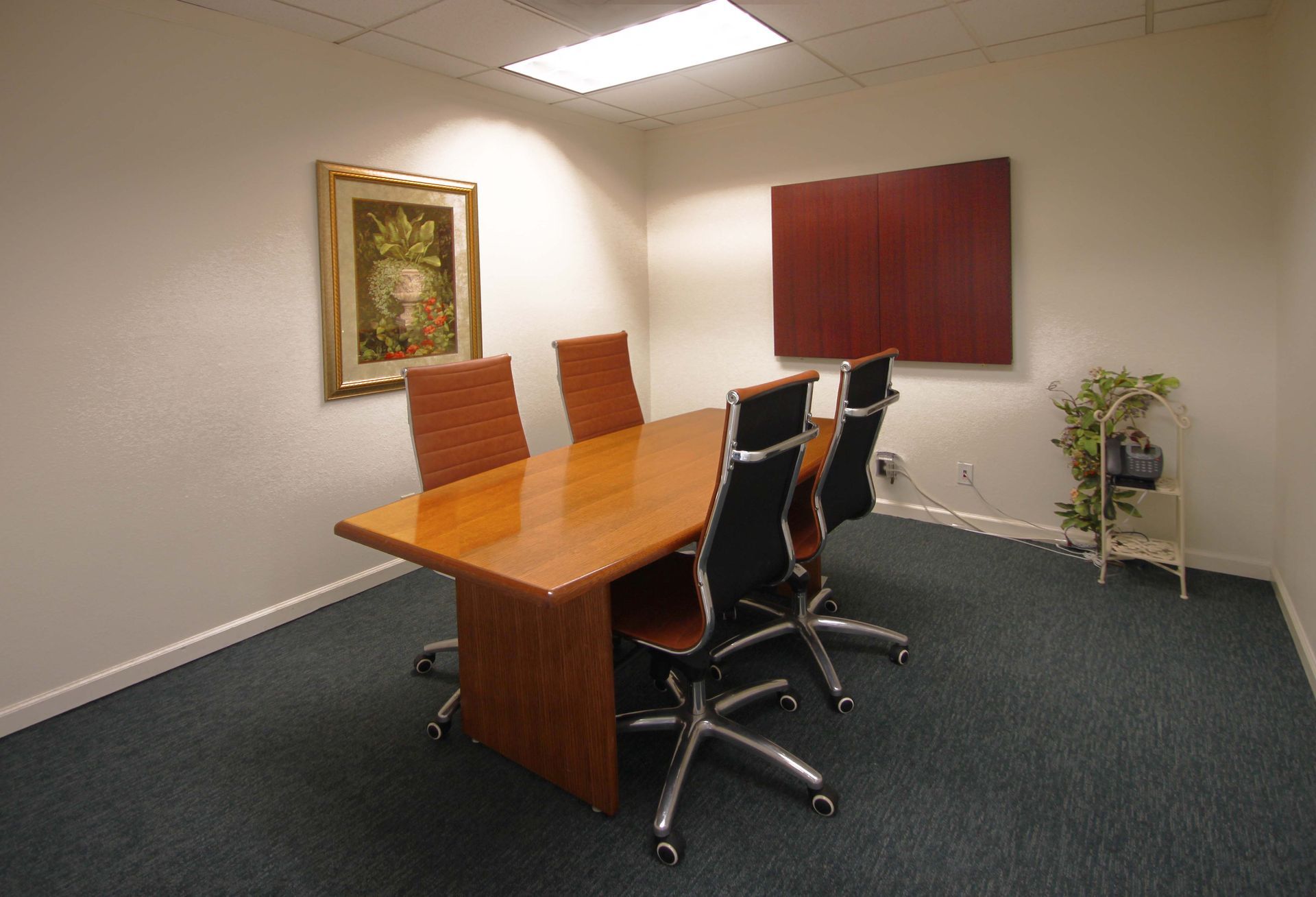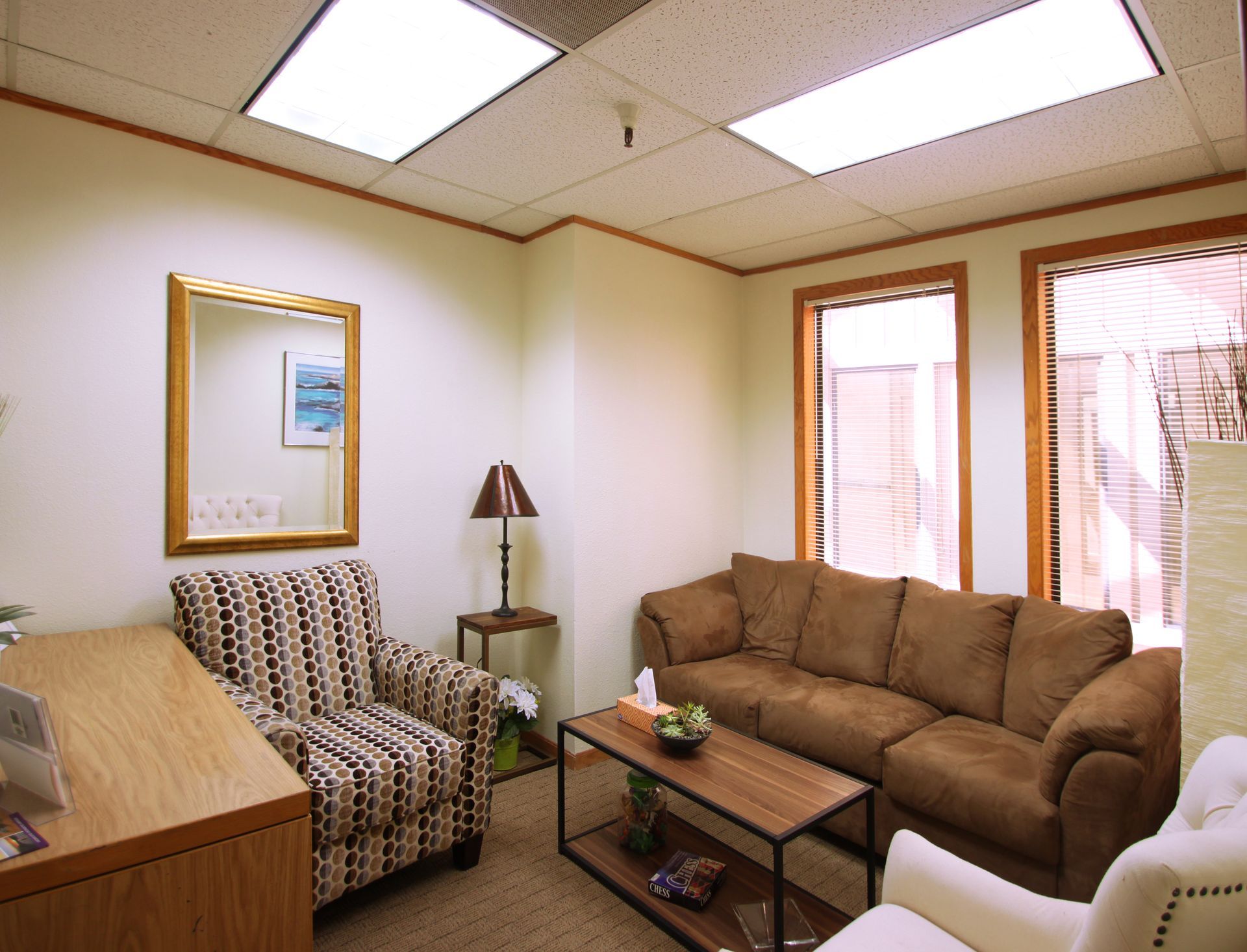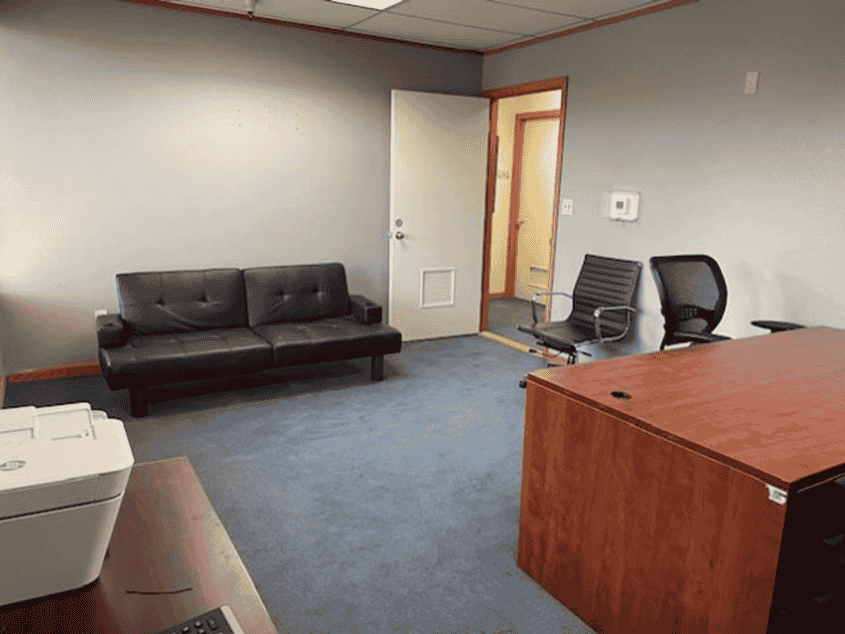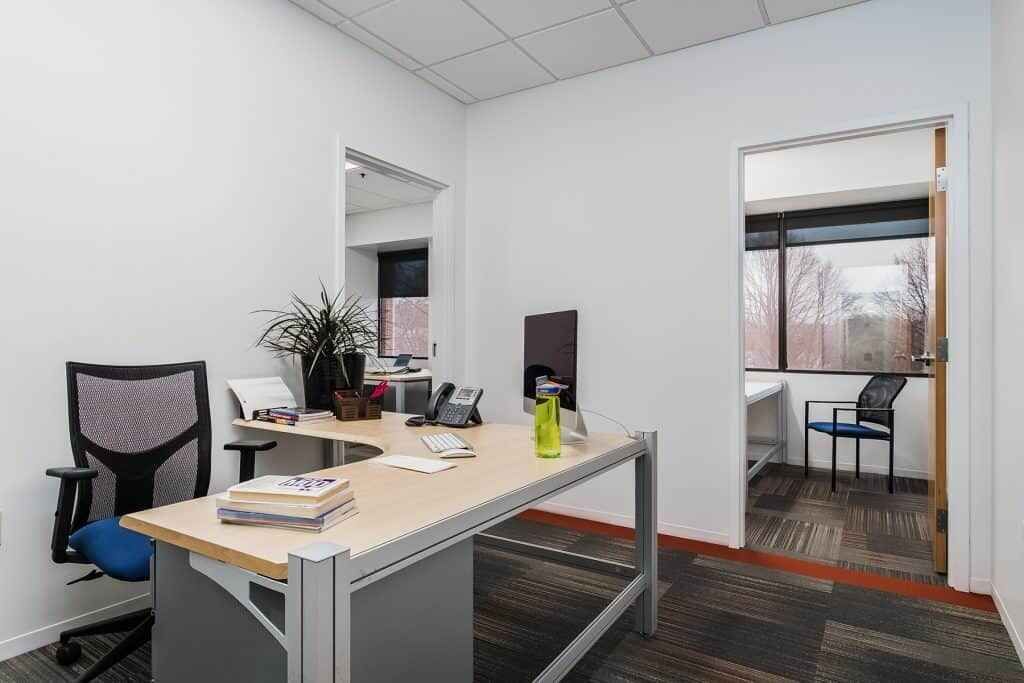New Paragraph
Find Space for Rent for Business With Flexible Lease Terms
Finding the right space for rent for business should feel strategic, not stressful. Therefore, use this playbook to move with clarity, negotiate with confidence, and launch with momentum. Moreover, you will discover practical steps, key terms, and smart budgeting moves that protect profit from day one.
Importance: Why the Right Business Space Powers Growth
Your space shapes brand perception, team energy, and customer experience. Furthermore, it influences hiring, logistics, and retention. Consequently, a strong choice reduces risk while a weak one locks in cost and friction. Additionally, the proper lease structure protects cash flow and supports expansion. Ultimately, smart location plus smart terms equals durable growth.
What Kind of Space Actually Fits Your Model?
Modern Office Space for Growing Teams
Office layouts should reflect how your people work. Therefore, map collaboration zones, quiet rooms, and phone booths. Additionally, check the natural light, acoustics, and air quality, as comfort drives productivity. Moreover, confirm fibre internet options and backup power. Finally, review shared amenities that elevate morale and client meetings.
Retail Storefronts That Convert Foot Traffic
Retail lives or dies by visibility and access. Consequently, review frontage width, signage rights, and nearby anchors. Additionally, study parking, transit stops, and pedestrian flows by time of day. Moreover, evaluate co-tenancy rules and exclusivity protections. In the end, the best block beats the best interior.
Industrial and Warehouse Space for Operations
Warehouses are about throughput and safety. Therefore, check clear height, floor load, and column spacing. Additionally, count dock doors, trailer parking, and turn radii. Moreover, confirm zoning for storage, assembly, or light manufacturing. Finally, validate power availability, sprinkler type, and truck access hours.
Flexible "Flex" Space for Hybrid Brands
Flex space blends office, showroom, and light industrial. Consequently, it suits e-commerce, makers, and service providers. Additionally, you get configurable layouts without downtown rents. Moreover, loading access plus customer parking can coexist. As a result, you scale faster with fewer compromises.
Coworking and Serviced Offices for Speed
Coworking cuts upfront cost and time. Therefore, launch quickly while testing a market or hiring plan. Additionally, review privacy, meeting room credits, and printing limits. Moreover, compare notice periods and add-on fees carefully. Finally, ensure the brand vibe aligns with your client's expectations.
Pop-Up and Short-Term Retail for Market Tests
Short terms let you validate the location and product. Consequently, you can ride seasonal peaks and generate buzz. Additionally, inventory planning becomes easier with finite windows. Moreover, foot traffic data from pop-ups can inform decisions on permanent leases. In short, test first and then commit.
Benefits: Why Renting Beats Buying for Most Small Businesses
- Lower upfront cash. Therefore, you save capital for marketing, hiring, and inventory.
- Speed to market. Additionally, you avoid long financing timelines.
- Flexibility to scale. Moreover, you can expand or relocate as needs change.
- Access to prime corridors. Consequently, you can operate in locations you might never be able to afford to buy.
- Reduced maintenance burden. Additionally, landlords often handle base building systems.
- Negotiable incentives. Furthermore, you can secure tenant improvement (TI) funds and free rent.
Steps: A Clear, Step-by-Step Plan to Secure the Right Space
Step 1: Define Your Use, Team, and Budget
Start with the business model and headcount. Additionally, set "must-have" and "nice-to-have" lists. Moreover, decide your monthly occupancy budget before touring. Consequently, you prevent emotional decisions later.
Step 2: Set a Location Strategy
Map customers, talent, and suppliers. Additionally, analyse commute times, parking rules, and transit lines. Moreover, ask the city about upcoming projects that may raise rents. Therefore, choose an area with momentum, not speculation.
Step 3: Right-Size the Square Footage
Calculate needs by function, not guesswork. Additionally, plan circulation, storage, and collaboration zones. Moreover, for retail, model merchandising flow and queue lines. Consequently, you avoid paying for space you never use.
Step 4: Research Listings and Hire a Tenant Rep
Scan listing platforms, but also go local. Additionally, a tenant rep unlocks off-market options and comps. Moreover, they flag red-flag clauses and push for concessions. Therefore, they often pay for themselves in savings.
Step 5: Tour and Score Every Site
Create a scorecard before you visit—additionally, rate visibility, access, condition, noise, and parking. Moreover, take photos, measure rooms, and note utilities. Consequently, apples-to-apples comparisons become easy.
Step 6: Verify Zoning, Licenses, and Permits
Do not assume your use is allowed. Therefore, confirm zoning, signage approvals, and any conditional permits. Additionally, check fire, health, and ADA requirements. Moreover, ask about delivery windows and noise rules. As a result, you avoid costly delays.
Step 7: Model Total Cost of Occupancy (TCO)
Look beyond base rent. Additionally, add taxes, insurance, and CAM if the lease is NNN. Moreover, include utilities, janitorial, internet, security, build-out, furniture, IT, and move costs. Consequently, the cheapest headline rent may become the most expensive space.
Step 8: Negotiate an LOI That Protects You
Lead with a letter of intent. Additionally, negotiate base rent, escalations, and term length. Moreover, push for TI allowance, free rent, renewal options, and expansion rights. Furthermore, the cap is a controllable CAM and has secure audit rights. Therefore, you lock in predictability.
Step 9: Plan Design, Build-Out, and Timeline
Sequence design, permits, contractors, and furniture. Additionally, order long-lead items early to avoid delays. Moreover, align IT, security, and life-safety sign-offs. Consequently, you hit move-in dates without chaos.
Step 10: Lawyer Review and Move-In Readiness
Have a real estate attorney review the lease. Additionally, confirm insurance certificates, access cards, and vendor schedules. Moreover, document delivery conditions with photos and a walk-through. Finally, test HVAC, alarms, and internet before opening.
Lease Terms You Must Understand Before You Sign
- Base rent. The headline amount per square foot per year or per month.
- Gross lease. The landlord covers most operating costs; therefore, you pay a simpler amount.
- Modified gross. Costs are shared; additionally, details vary by building.
- NNN (triple net). You pay taxes, insurance, and maintenance; consequently, watch CAM charges and caps.
- Escalations. Annual increases often are 2–4% or tied to CPI; moreover, verify compounding rules.
- Security deposit. Typically, one to three months; additionally, negotiate burn-downs.
- TI allowance. Landlord cash for build-out; moreover, clarify the draw process and eligible costs.
- Free rent. Concession to offset ramp-up; additionally, confirm whether it applies to base or base + NNN.
- Options. Renewal, expansion, contraction, or termination; furthermore, define notice windows.
- Assignment/Sublease. Flexibility if you sell or downsize; consequently, push for "not unreasonably withheld."
- Retail extras. Co-tenancy, exclusivity, and operating hours; additionally, set clear remedies if anchors leave.
Location Strategy That Attracts Customers and Talent
Choose an area that supports your flywheel. Therefore, analyse the daytime population, rooftops, and incomes; additionally, map competitors, substitutes, and complementary neighbours. Moreover, verify signage rules, illumination options, and traffic counts. Furthermore, check safety data and evening activity. Consequently, you pick a location that performs all week, not only weekends.
Budgeting: Total Cost of Occupancy (TCO) Without Surprises
TCO equals rent plus everything else. Therefore, build a monthly and annual model before you sign. Additionally, include:
- Base rent and scheduled escalations.
- NNN or operating expenses (taxes, insurance, CAM).
- Utilities, janitorial, waste, pest control, and landscaping.
- Internet, phones, security, and software licenses.
- Build-out, furniture, signage, and branding.
- Move-in, storage, contingencies, and professional fees.
Moreover, add a 10–15% contingency for fit-out. Consequently, your cash flow plan remains realistic even as prices fluctuate.
Tour Day Checklist: Bring This to Every Viewing
- Floor plan printouts and a tape measure.
- Scorecard with criteria and weightings.
- Questions about power, data, HVAC, and after-hours access.
- Notes on odours, noise, and neighbouring uses.
- Parking counts, loading rules, and delivery paths.
- Photos, time-stamped, from street to back-of-house.
Additionally, revisit your top two sites at different times. Moreover, check morning rush, lunchtime, and evening traffic. Consequently, your decision reflects real patterns rather than a single snapshot.
Common Mistakes to Avoid When Renting Space
- Chasing cheap rent only. Consequently, TCO explodes later through CAM, utilities, or poor layout.
- Skipping zoning checks. Therefore, you risk denial after signing.
- Underestimating build-out. Additionally, lead times and permits add weeks and cost.
- Ignoring expansion paths. Moreover, growth then forces an early, expensive move.
- Accepting unlimited CAM. Consequently, you lose predictability and leverage.
- Not hiring a tenant rep. Additionally, you miss off-market options and concessions.
- Signing without legal review. Therefore, you inherit hidden liabilities and weak remedies.
Final Thoughts : Choose a Space for Rent for Business with Confidence
Selecting a space for rent for business is more than a Site search. Indeed, it is a strategic decision that touches brand, people, and profit. Therefore, define your needs, model your TCO, and negotiate from a position of strength. Additionally, structural options that protect the downside while preserving the upside. Finally, when the numbers and the neighborhood both make sense, sign and scale with confidence.
FAQs: Space for Rent for Business
1) How much space do I need for my team and operations?
Start with functions, not guesses. Moreover, allocate 100–150 sq ft per desk, plus rooms for meetings, storage, and circulation. Additionally, add 10–20% for growth to avoid moving too soon.
2) What is the difference between gross, modified-gross, and NNN leases?
A gross lease bundles most building costs into one payment. Meanwhile, a modified gross splits some expenses. Conversely, an NNN (triple net) adds taxes, insurance, and maintenance to base rent. Therefore, compare total cost, not just the headline rate.
3) What are CAM charges, and why do they matter?
CAM means standard area maintenance. Consequently, you may pay for lobbies, landscaping, security, and shared systems. Therefore, ask for a cap on controllable CAM so costs stay predictable.
4) How do I estimate the total cost of occupancy (TCO)?
Add base rent, escalations, and NNN or CAM. Then include utilities, janitorial, internet, security, build-out, furniture, signage, and move costs. Additionally, keep a 10–15% contingency. As a result, your budget will be realistic.
5) What lease term is common for small businesses?
Retail and office often run 3–5 years. However, flex or coworking can be month-to-month or 6–12 months. Consequently, choose a term that aligns with your forecast and risk tolerance.


